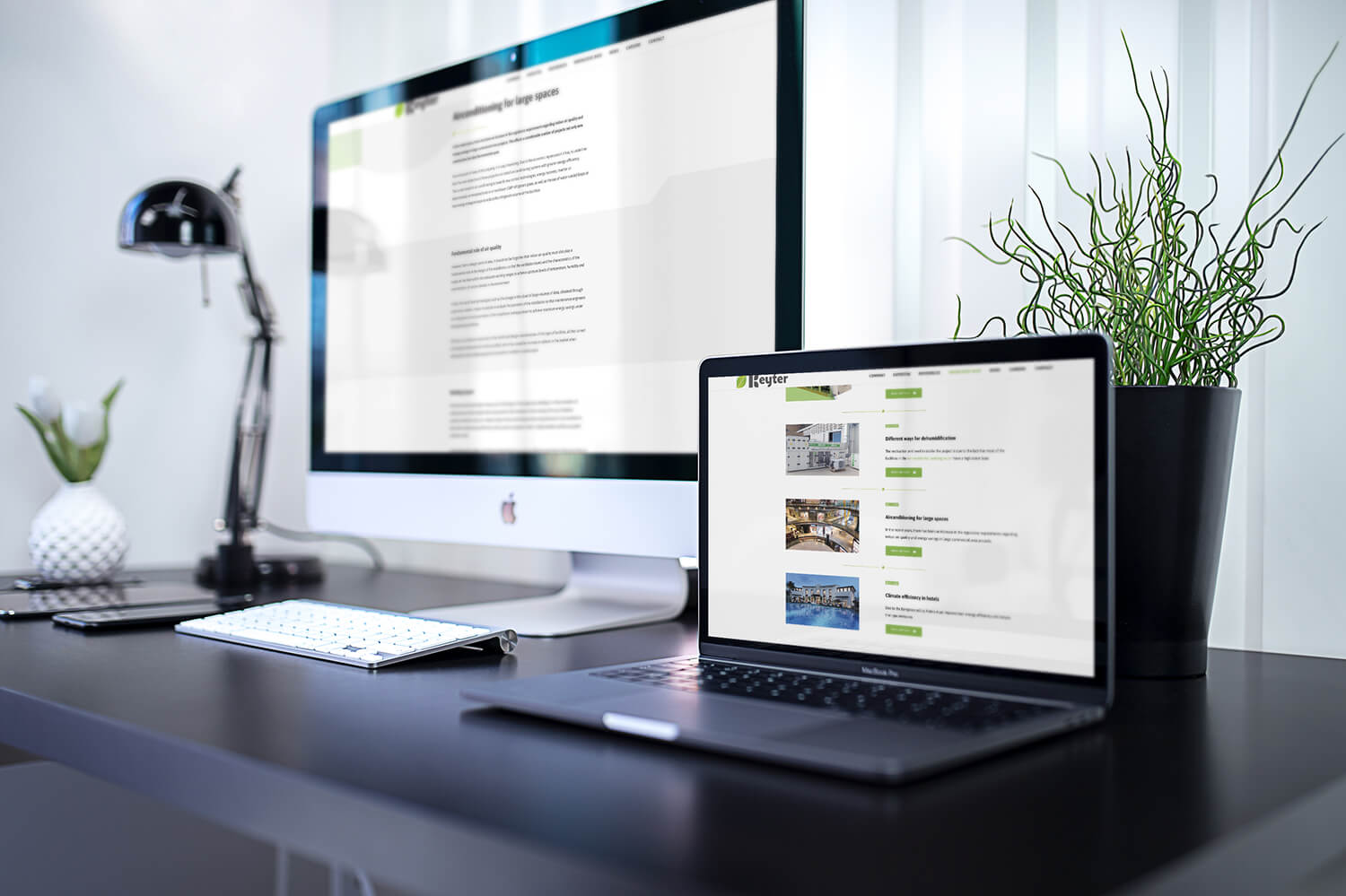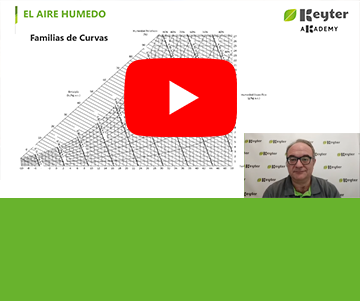TECHNICAL GUIDE RITE
Technical Guide 01: Maintenance of thermal installations
The technical instruction IT3 of the RITE establishes the obligation to design specific maintenance programs for the thermal installations of buildings, which must contain the programming of the necessary tasks, as well as the documentation and filing procedures of all the preventive and repair actions that take place in each specific installation. The maintenance programs, as well as the records foreseen in them, will allow third parties to verify that the expected performance of each installation is being maintained.
Technical Guide 02: Procedures for the determination of the energy efficiency of water chiller plants and autonomous air handling equipment.
This document summarizes, with eminently practical and application criteria, a guide to the procedure to be followed for the determination in situ of the instantaneous operating performances of the refrigeration equipment most frequently found in the air-conditioning installations of our buildings, specifically water chiller plants and air cooling equipment by mechanical compression cycle, both reversible and non-reversible, explicitly taking into account the difficulties involved in measuring the operating parameters of refrigeration equipment, far from the working conditions provided by a test bench, and once integrated in the context of a real and concrete installation, which directly affects them.
Technical Guide 03: Design and Calculation of Thermal Insulation of Piping, Appliances and Equipment
This document provides the calculation methods and standard sizing criteria for the estimation of the insulation thickness to be used in equipment and elements of the building and industrial installations. These calculations are carried out in steady state and one-dimensional flow.
Technical Guide 04: Cooling Towers
This technical guide is based on the current Spanish situation of cooling towers in thermal installations in buildings, in the sense that they are considered as a risk factor for the spread of legionella. For this reason, there is a significant decrease in the installation of this equipment in the building sector, which leads to a decrease in energy efficiency and, as a consequence, higher energy consumption.
Technical Guide 05: Consumption Accounting
The purpose of this document is to establish the requirements to be met by the consumption measurement instruments (water, energy supplied to the thermal power plant and useful thermal energy supplied to the building), which must house the thermal installations in buildings, as well as the accounting of such consumption, in order to achieve continuous monitoring of the energy efficiency of the installations and their hot water consumption.
Technical Guide 06: Central Sanitary Hot Water
The purpose of this guide is to analyze the installations of centralized production of domestic hot water (DHW), from the points of view of energy efficiency and regulatory compliance.
Technical Guide 07: Outdoor Climatic Conditions of the Project
The aim of this technical guide is to provide updated information on the outdoor climatic conditions commonly used in the design of heating, cooling and domestic hot water installations in buildings to meet the demand for human comfort and hygiene.
Technical Guide 08: Energy Saving and Recovery in Air Conditioning Installations
Throughout the guide, emphasis is placed on the need to carry out energy simulations of the different combinations, both to estimate the real needs of the buildings (demand) and the real performance of the equipment (partial load, performance depending on outdoor conditions, etc.)
Technical Guide 09: Closed Loop Geothermal Exchange System Design
Geothermal energy is among the least exploited renewable energy sources in our country, a situation that has generally been justified by the low development potential that this form of energy use supposedly presents. This assessment is actually a mistake, as it confuses the part with the whole; in this case, high temperature geothermal energy (associated with large geothermal gradients and electricity production) with geothermal energy as a whole.
Technical Guide 10: Air Conditioning Installations with Autonomous Equipment
This document describes the application of :
– Welfare and hygiene requirements (IT 1.1)
– energy efficiency requirements (IT 1.2)
– safety requirements (IT 1.3)
– Examples of system application
Technical Guide 11: Water Air Conditioning Installations
This document describes the application of :
– Welfare and hygiene requirements (IT 1.1)
– energy efficiency requirements (IT 1.2)
– safety requirements (IT 1.3)
– Examples of system application
Technical Guide 12: Selection of Fluid Conveying Equipment. Pumps and Fans
Pumps are mechanical devices used to transport liquids through piping networks. This paper focuses on pumps used in closed circuits of heating, air conditioning, solar energy and domestic hot water installations.
Fans are mechanical devices used to transport air in ventilation and air conditioning ducts. In this paper we will focus on fans used for supply and exhaust air in ventilation systems and for supply and return air in air conditioning systems.
Technical Guide 13: Comments RITE-2007. Regulation of Thermal Installations in Buildings
The Regulation on Thermal Installations in Buildings, RITE, establishes the energy efficiency and safety requirements that must be met by thermal installations in buildings to meet the demand for the well-being and hygiene of people during the design, sizing and assembly phases, as well as during their use and maintenance.
Technical Guide 14: Average Seasonal Performance of Heat Pumps for Heat Production in Buildings
The Regulation on Thermal Installations in Buildings, RITE, establishes the energy efficiency and safety requirements that must be met by thermal installations in buildings to meet the demand for the well-being and hygiene of people during the design, sizing and assembly phases, as well as during their use and maintenance.
Technical Guide 15: CO2 Emission Factors and Coefficients of Pass-Through to Primary Energy of Different Final Energy Sources Consumed in the Building Sector in Spain. Recognized Document Effective as of January 14, 2016
The purpose of this document is to review and update the pass-through coefficients from final energy to primary energy, and to CO2 emissions, of the different energies used in the building sector. The current pass-through coefficients and emission factors have been extracted from the recognized document “Acceptance conditions for alternative procedures to LIDER and CALENER”, and are shown in Annex I. The new proposed factors are included in Chapter 8: Updated pass factors. The calculation methodology for electrical energy is shown in Annex IV and Annex V, together with a comparison between the current and future values proposed in this document.
GET IN TOUCH
How can we help you?
Are you looking for (custom-made) HVAC+R solutions or do you have any questions? Don’t hesitate to contact us




















